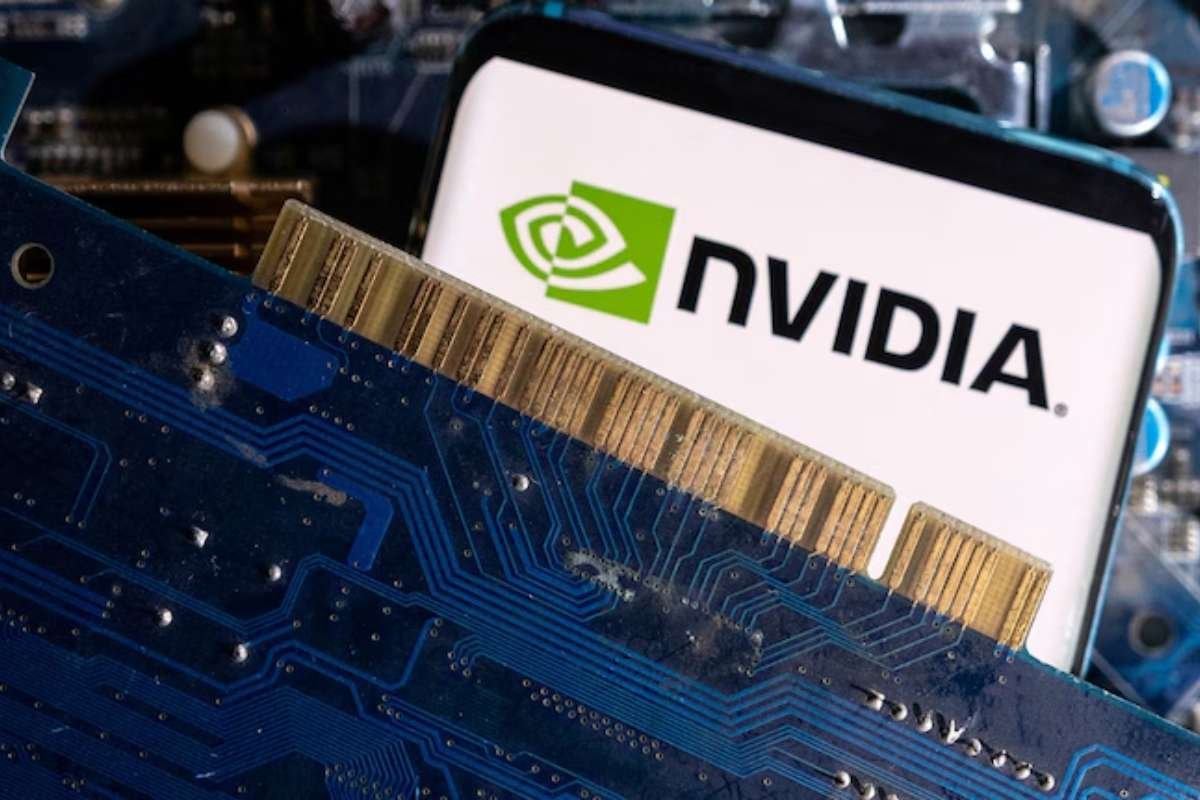Nvidia: The AI Chip Powerhouse
Nvidia, the $3.6 trillion tech giant, continues to command nearly 80% of the market for high-end AI chips, with top-tier clients like Alphabet, Microsoft, and Tesla fueling its success. The upcoming release of its fourth-quarter earnings is being hailed as the “grand finale” of the earnings season by Louis Navellier, founder of Navellier & Associates. Central to this anticipation is Nvidia’s newly developed Blackwell GB200 GPU, expected to dominate sales for years.
Developed at a cost of approximately $2 billion, the Blackwell GPU is pivotal to Nvidia’s continued dominance in generative AI technology. Navellier asserts that competitors face an uphill battle in challenging Nvidia’s monopoly. However, recent reports of overheating issues in Blackwell GPUs during high-capacity server installations have sparked concerns. The challenges have reportedly led to repeated redesigns of server racks, raising questions about potential delays in deploying this cutting-edge AI data center technology.
CEO Jensen Huang, however, remains optimistic, describing demand for Blackwell GPU chips as “insane.” Promising significantly higher performance than their predecessors, these chips are said to accelerate AI training and applications at unprecedented speeds, potentially cementing Nvidia’s leadership further.
Market Sentiment and Investor Reaction
Investor sentiment remains divided as Nvidia navigates both heightened expectations and operational challenges. While Nvidia’s stock price has soared 192% over the past year, concerns about the cooling issues with Blackwell GPU chips have caused temporary dips. On Nov. 18, Nvidia shares closed in the red amid renewed scrutiny of these technical challenges.
Financial commentators have weighed in on the matter. Doug Kass highlighted the cooling problems early in September, while Jim Cramer dismissed the concerns as part of a recurring narrative aimed at undermining Nvidia. Meanwhile, analysts like James DePorre emphasize Nvidia’s critical role as a provider of AI development tools, distinguishing it from other tech giants like Amazon, Apple, and Meta.
Despite looming risks like an economic slowdown, DePorre believes Nvidia remains a solid investment due to sustained AI infrastructure spending. The upcoming earnings report is seen as a key moment, with analysts expecting Nvidia to post $33.12 billion in revenue, reflecting an 83% growth year-over-year, alongside earnings of 75 cents per share.
Analysts Adjust Price Targets Ahead of Results
Ahead of Nvidia’s earnings announcement, investment firms have updated their price targets, expressing confidence in the company’s future growth. Truist raised its price target to $167, citing strong backlog orders and growth potential in data-center markets driven by advancements in data processing and physical AI. Similarly, Stifel increased its price target to $180, based on robust supply-chain data and positive industry feedback. Both firms predict a “beat-and-raise” scenario for Nvidia’s earnings, with expectations for further gains in fiscal years 2026 and 2027.
While Blackwell GPU -driven growth is expected to gain momentum in the April quarter, analysts caution that elevated expectations leave little room for disappointment. Nvidia’s ability to manage challenges, such as the cooling issues and operational complexities, will be critical in maintaining investor confidence.
As Nvidia prepares to release its earnings, the company stands at a crossroads, balancing groundbreaking advancements with operational challenges and sky-high expectations. How the tech giant navigates this moment will likely shape its trajectory in the ever-evolving AI industry.









